Asian Persuasion – Oriental Brush Painting
Besides elaborate temples, music and dancing, what typifies the ‘Asian’ art look? Asia is a huge land mass and contains 48 diverse countries. The oriental brush painting tradition is a recognizable form that strives to capture the essence and spirit of a subject in the fewest possible strokes, each brush stroke conveying both energy and restraint, according to online information. Looking at it from one viewpoint, say the island of Japan, their flavor is distinctly known for its Sumi-e, or black ink painting. Depicting the serenity, peacefulness, colors and graceful lines that embody the mysteries of ancient cultures, Sumi-e is traditionally painted on silk or rice paper of some sort and dates back thousands of years. It originates from China tracing its roots to eastern spiritually and Zen Buddhism. Few tools are used in this minimalistic style: the ink stone, the ink stick, the brush and the paper. More interesting details of Sumi-e can be found online.
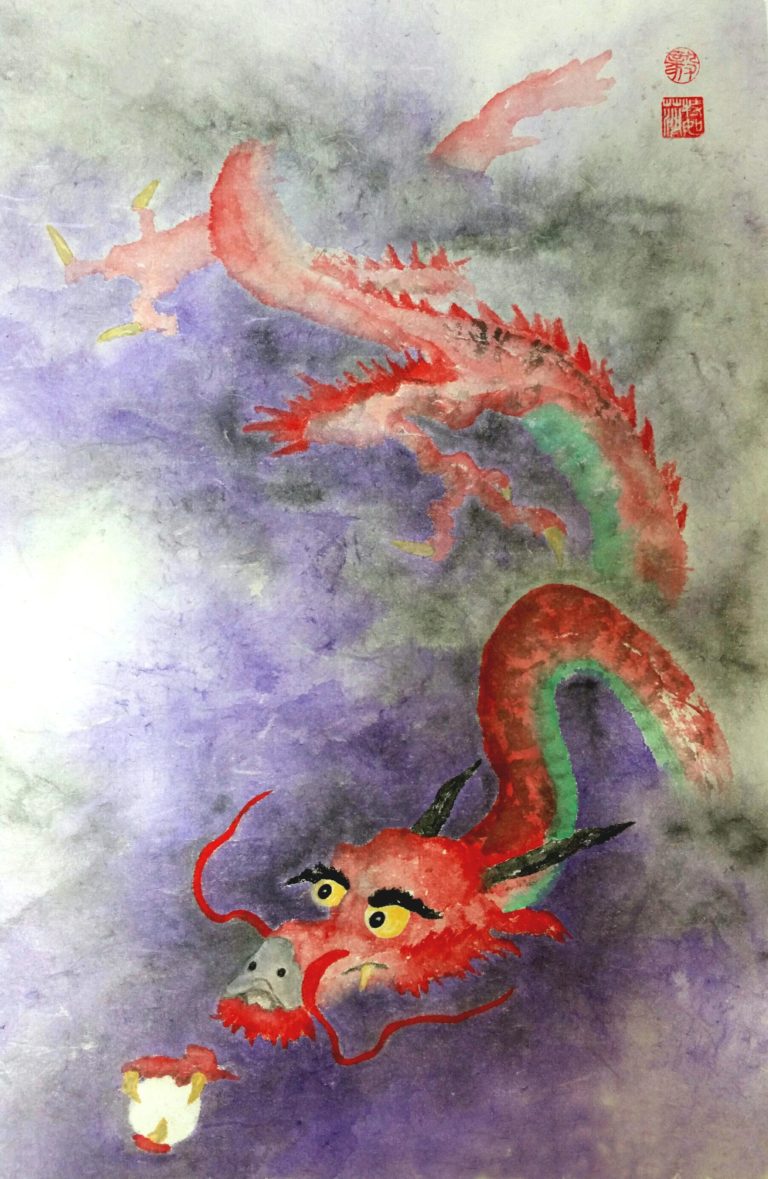
Terri Harris currently resides in the east valley of Phoenix metropolitan and must be an old soul brush master because she has got the Asian vibe going on. Harris’ use of ink or watercolors – blended with the brush style and philosophy – create the foggy environs, exotic animals and figures which encompasses the crux of Japanese society. Her art is flavored with the humbleness, hospitality and beauty of Japan’s people and places. Her immersion in the country and time there under the tutelage of an 85-year-old brush painting instructor, her studies of Tai Kwon Do, Japanese architecture and fashion, ikebana, traditions and symbolism all set off the creative spark leading to what now helps keep her sane in her busy life. She calls both her personal and professional experiences there “immensely rewarding” and has since desired to emulating their famous aesthetic style in her home studio.
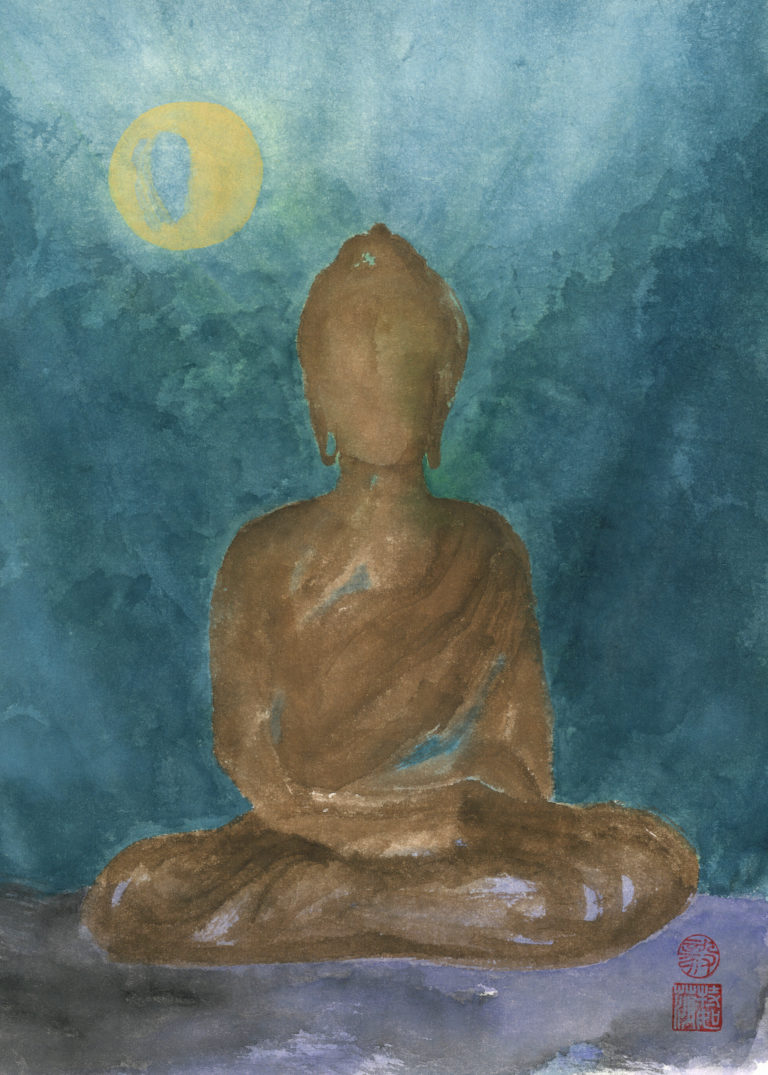
Harris is proud of the synergy she has achieved in her work/life balance crediting the embrace of family members for her artistic endeavors. “Oriental brush painting is a dying art and not very popular among artists because it’s extremely difficult to master,” explains Harris.
She tells ArtBeat it is the least forgiving medium there is. “Once the brush touches the paper there is no going back on a ‘mistake’…and it is at these times creativity steps forward and you have a piece that is better than the one originally intended.” Going into it more, Harris expresses that painting is most rewarding when she connects with the emotion in a piece, sharing stories and smiles with happy clients. She is in awe of painter Kano Tan’Yu (1602-1674) whose work she viewed at Nijo Castle, Kyoto (in use from 1620-1939), and calls her visit to the Edo-Tokyo Museum (est. 1993) “indescribable”.
Fans can see Terri Harris live at the Arizona Matsuri event held annually the last weekend of February, Heritage Square downtown Phoenix. This festival celebrates Japanese culture, traditional and modern. Featuring food, music, exhibitions and fashion, it is free and fun for the whole family. View Asian Persuasion Art on her extensive Fine Art America gallery, as well as Facebook. “Be passionate and knowledgeable about your art,” Harris coaches other artists. “It radiates when you speak about it and is contagious.”
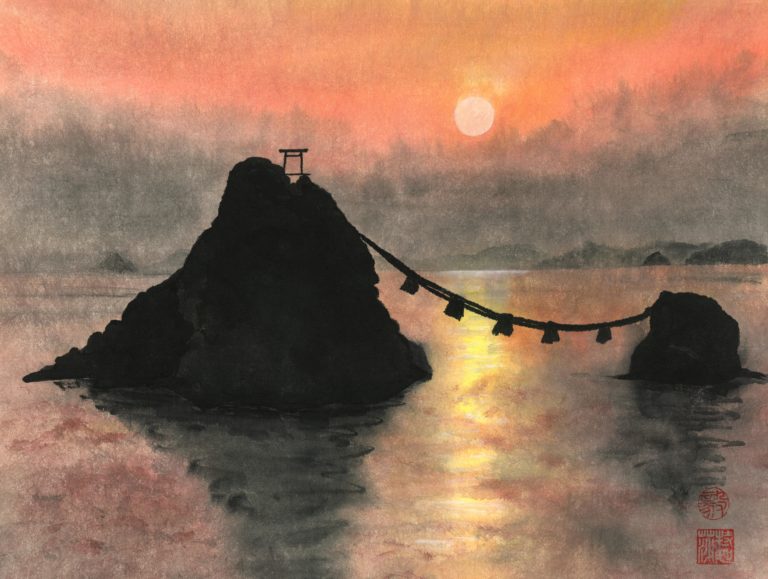

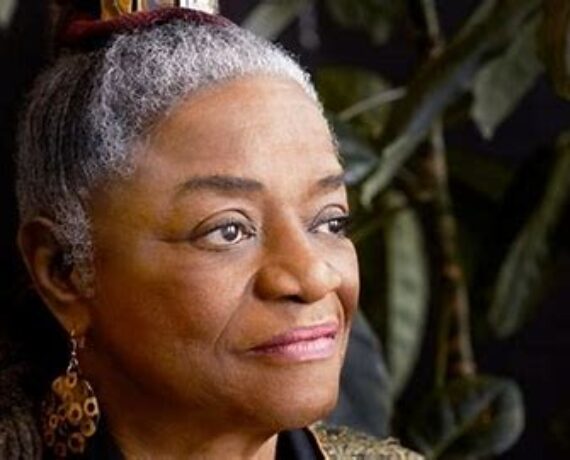
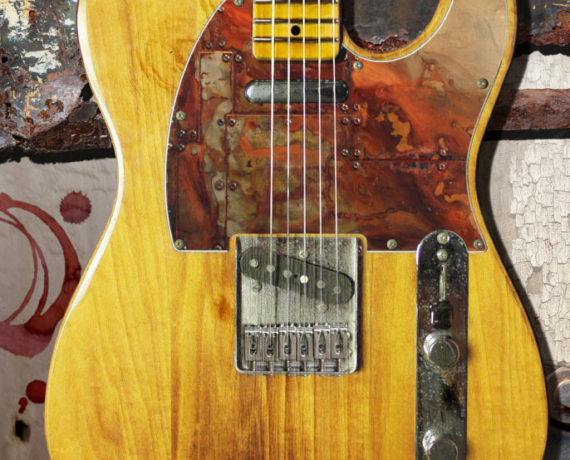
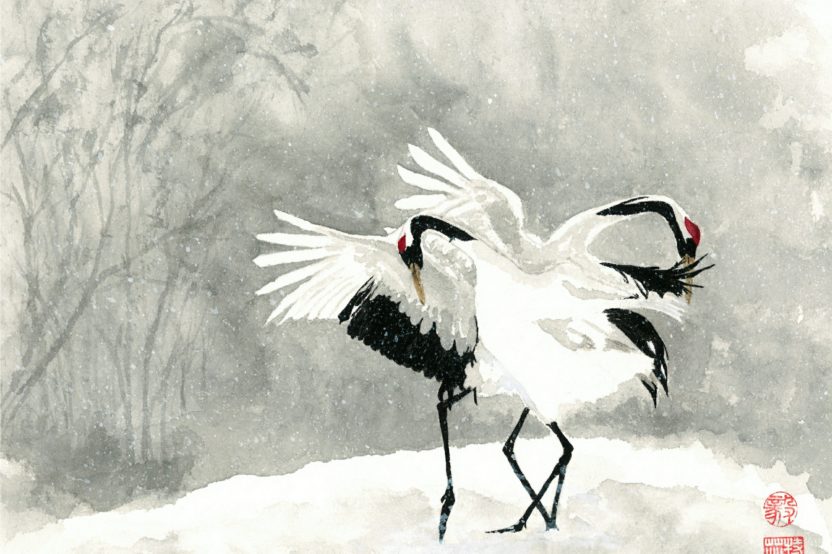
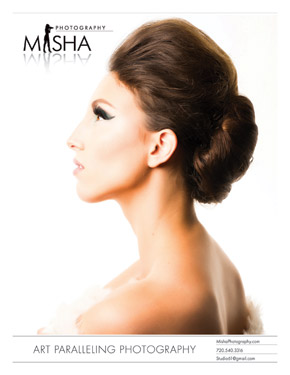


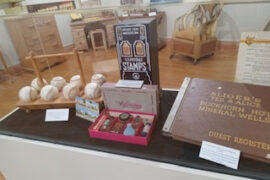
 Architects of Art: In the Course of Time
Architects of Art: In the Course of Time  Random Seed, A Fractal Artist Update
Random Seed, A Fractal Artist Update 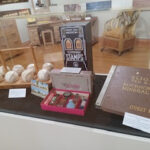 Discovery Through Preservation, Mesa Historical Museum
Discovery Through Preservation, Mesa Historical Museum 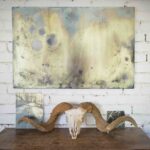 Looking Glass, A Reflection of Time – Norman Broomhall
Looking Glass, A Reflection of Time – Norman Broomhall